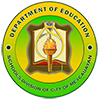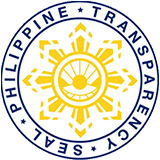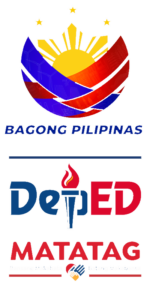A growing proportion of junior high school students at Meycauayan National High School struggle with one of the most fundamental parts of education: reading. These learners fail to distinguish letters and sounds, impeding their academic progress, eventually resulting in “learning poverty.”
However, an innovative program at the school is addressing this issue head-on. The initiative, led by a dedicated reading coordinator and English teacher, brings together children, parents, guardians, and community members to combat this persistent issue.
The primary principle of the program is that teachers alone cannot fix the literacy problem. Instead, it needs a community to foster literacy among students. The initiative has a comprehensive strategy incorporating peer tutors, student government leaders, and volunteer parents.
The initiative has made substantial progress in resolving the issues faced by learners with reading problems. Learners are gaining confidence and advancing in their reading abilities, primarily due to the persistent efforts of everyone engaged. The success of this program is primarily attributed to the active involvement of stakeholders. Parents and community members regularly visit the school to serve as reading tutors, providing one-on-one support to struggling students. They use fable reading as a teaching strategy, which helps develop reading skills and instills values and ethics in students.
Moreover, peer tutors, selected and trained by the reading teachers, work closely with their fellow learners. These peer tutors provide a friendly environment where struggling students can improve their skills with the help of their peers. Student government leaders also play an essential role in the program. They organize reading-related events and role plays, motivating the participants to improve their reading skills.
In addition to these efforts, the program uses technology to make reading more engaging and accessible to learners. The school has established a reading corner where students can access a variety of e-books and audiobooks. The program’s success can be attributed to the collective effort of everyone involved, from the reading coordinator and English teacher to the parents, community members, peer tutors, and student government leaders. It is a model of how a community-based approach can significantly address the literacy problem and fight learning poverty.
Moreover, the school has been developing a reading culture with reading activities integrated into the curriculum and made available in the school library. The program has also trained teachers on effective reading instruction, ensuring students receive a quality education. The school has conducted regular training sessions for teachers on effective reading instruction to enhance the reading program further. These training sessions were conducted during school learning action cells, where teachers were provided with in-depth discussions and hands-on activities about teaching reading. The topics covered in these training sessions improved the foundational knowledge of the reading teachers, allowing them to better understand the different strategies and approaches to teaching reading to struggling learners.
As a result of these efforts, Meycauayan National High School has seen significant improvements in the student reading abilities. The number of non-decoders has decreased, and more students are reading at grade level or above.
This reading campaign is more than an initiative; it is a fight against learning poverty. Through empowering students and uniting the community, Meycauayan National High School demonstrates that even the most insurmountable obstacles can be overcome with effort and grit. The approach has been effective and is a model for other schools facing similar challenges.
Other schools have taken notice of Meycauayan National High School’s successful reading program and have even done benchmarking to learn from their experiences. School heads from nearby elementary schools have witnessed the approach of coordinating stakeholders, engaging advanced learners, and involving student organizations and have expressed their admiration for the program. They have stated their intentions to adopt the same approach in their respective schools to improve the reading skills of their students. Meycauayan National High School’s program has become a beacon of hope for other schools facing similar challenges, showing that they, too, can overcome the obstacles to literacy and learning poverty through collaboration and dedication.
With the combined efforts of the school, teachers, parents, and the community, the reading program at Meycauayan National High School has successfully addressed the issue of learning poverty among junior high school students. By fostering a community that promotes literacy and providing students with the necessary resources and support, learners can enhance their reading abilities and reach their full potential.
Jewen L. Alimen


